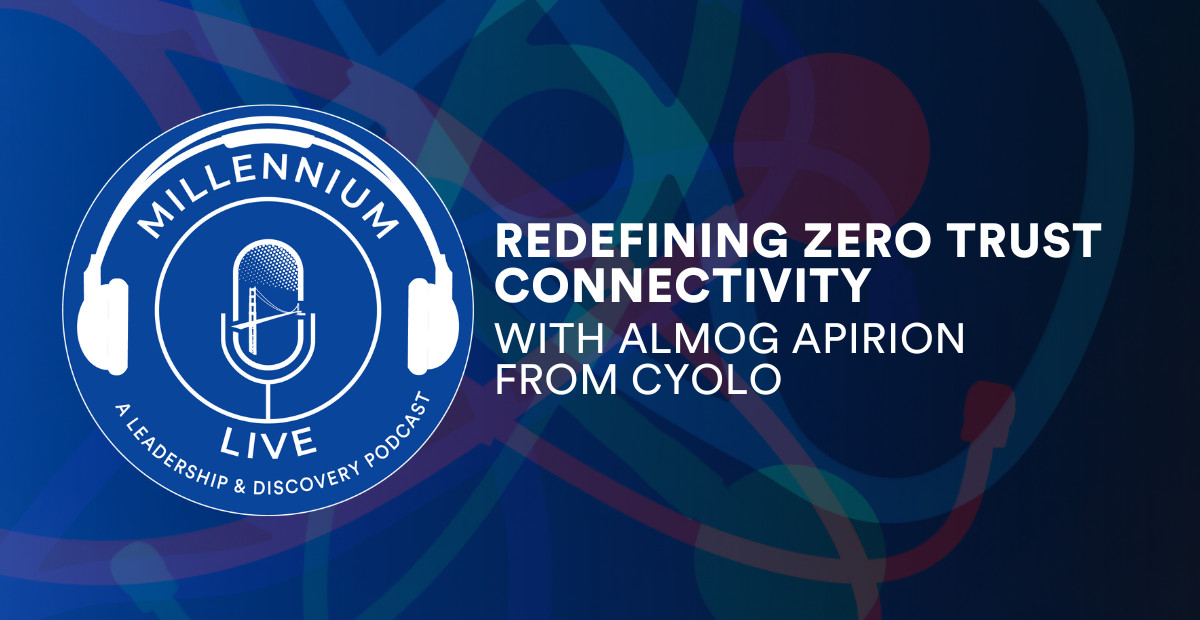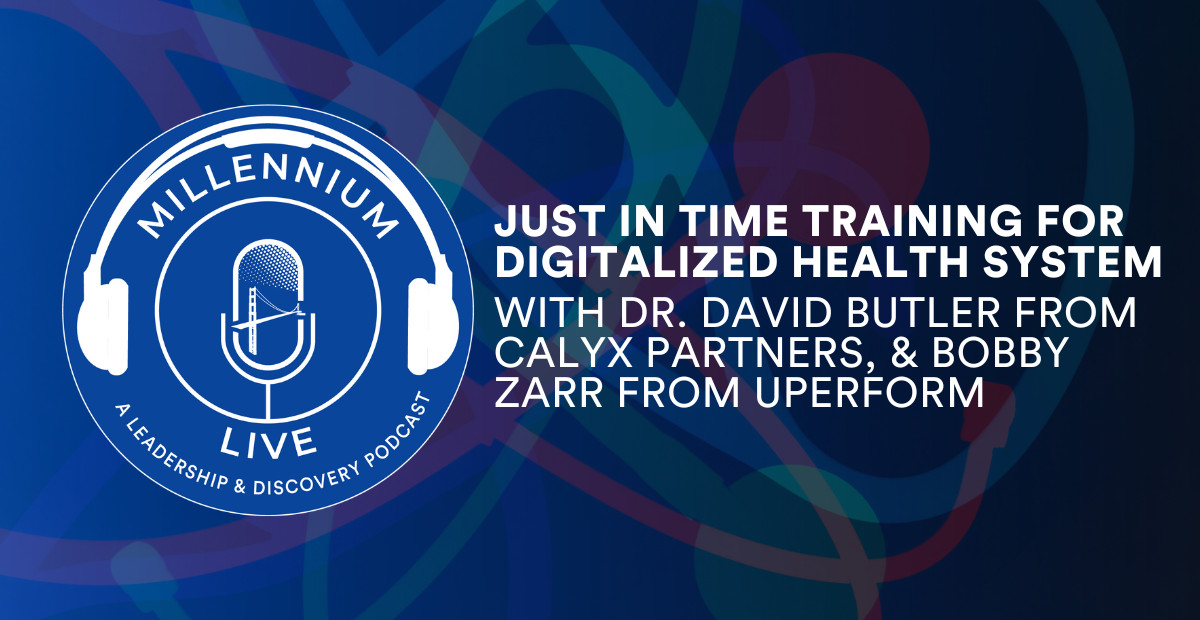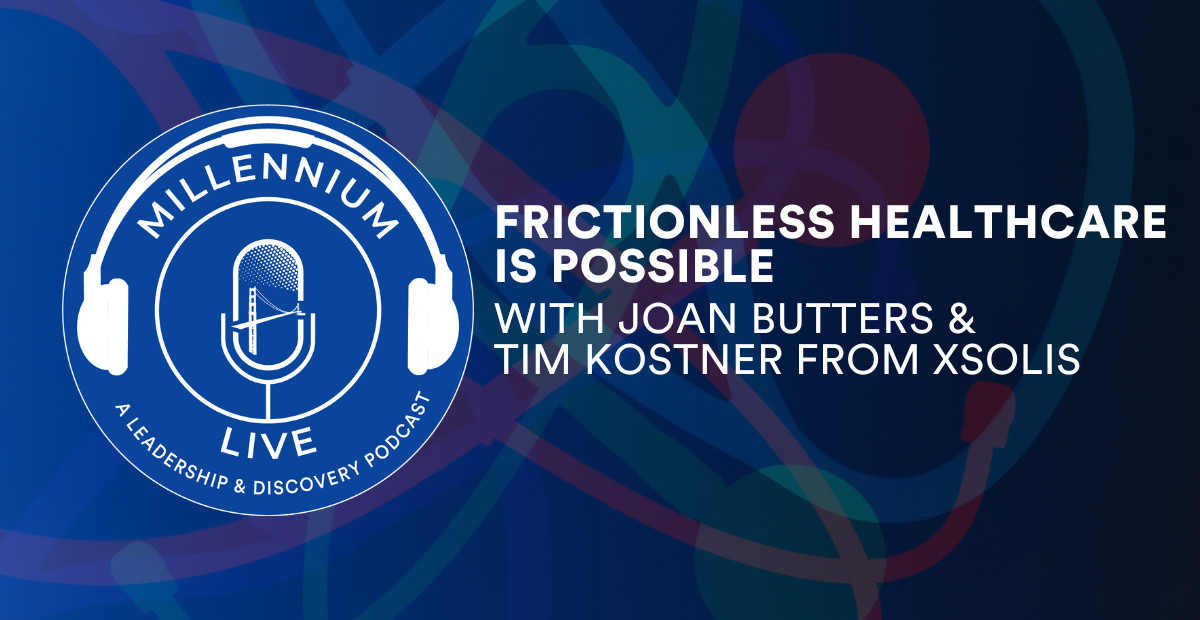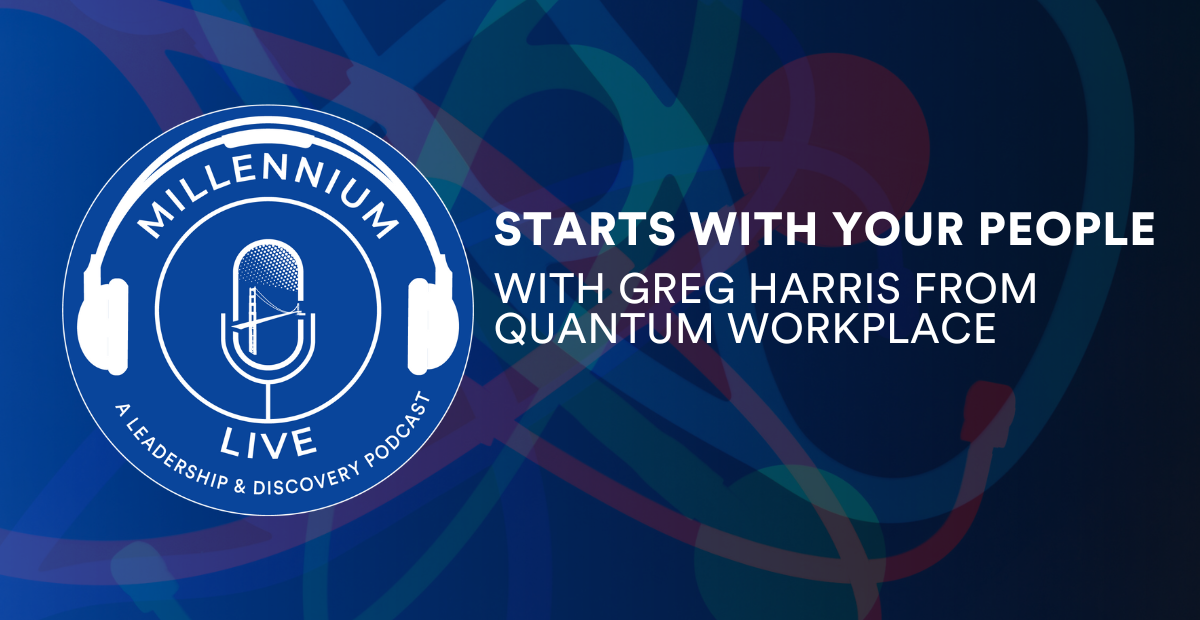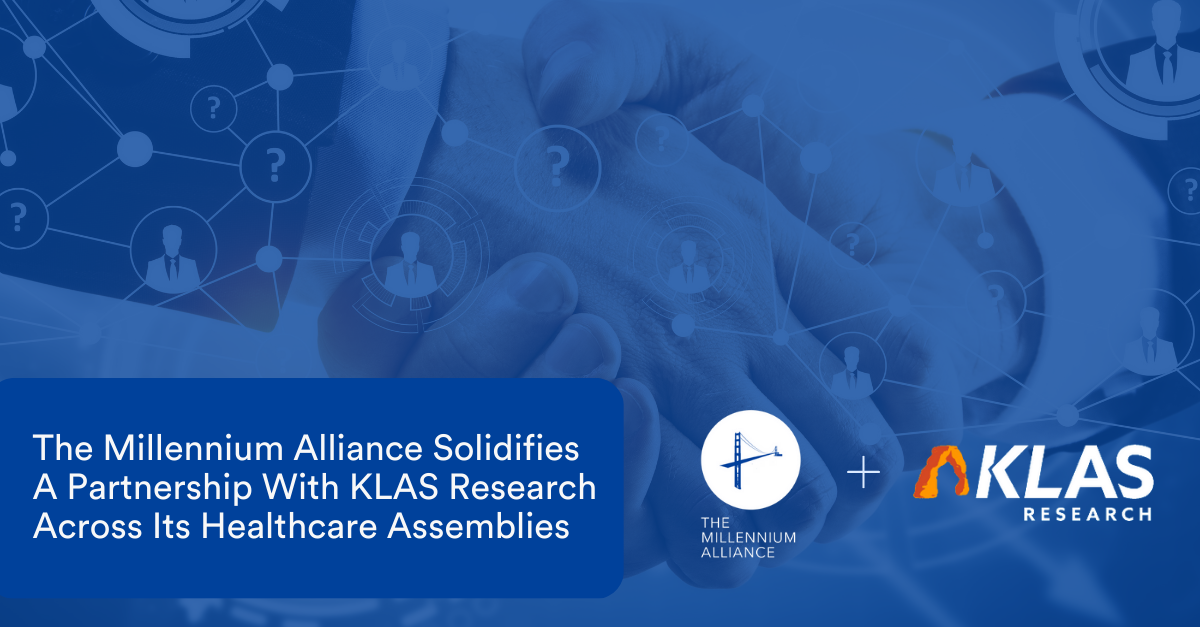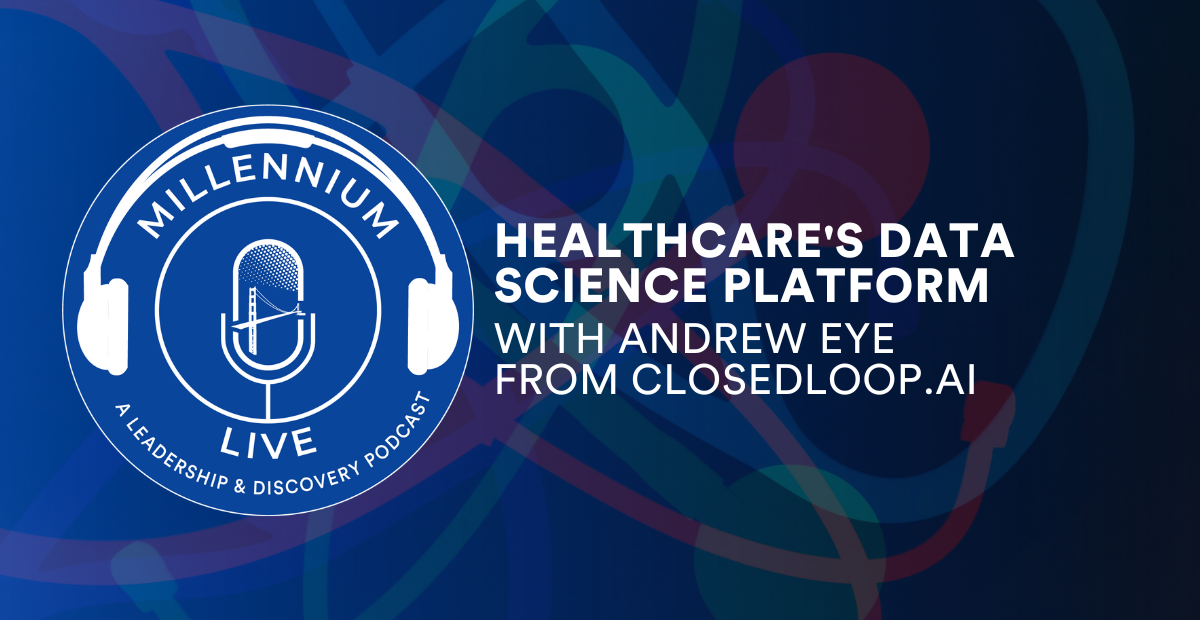NEW YORK – January 27, 2023 – The Millennium Alliance, an invitation-only organization for Senior-Level Executives and Business Transformers is pleased to announce its latest partnership with KLAS Research across their upcoming Healthcare Assemblies throughout 2023. As part of this partnership, KLAS will be represented by at least two of their analysts at each of Millennium’s C-Suite healthcare assemblies and will be actively involved in the creation of the program content as well.
KLAS Research was founded with a desire to help providers, and now payers, find transparency in the healthcare IT marketplace. KLAS began as a 4-person operation working out of a kitchen, but they now have more than 200 employees working to bring data and insights to the market and shine a light on HIT. Most recently, KLAS forged a partnership with Censinet, a third-party risk management software platform, to bring cybersecurity readiness assessments to the Healthcare industry.
“We are really excited about partnering up with KLAS again in 2023. Our mission is to build the right ecosystem of vendors for our Healthcare members and to provide our sponsors with access to prospects that are on the path to purchase for their solutions. KLAS’s research is a critical tool we use to ensure we reach those goals and provide world-class (pun intended) content at our Assemblies.” – Salvatore Papa, Chief Revenue Officer, The Millennium Alliance
Click here to learn more about Millennium’s robust portfolio of Healthcare Assemblies.
Click here to find out more about KLAS Research.
For more information or to get in contact with The Millennium Alliance directly, contact
info@mill-all.com.
About The Millennium Alliance
The Millennium Alliance is a leading technology and business educational advisory firm with the sole mission of helping to transform the digital enterprise. Through our executive education platform, peer-to-peer learning model via our senior-level Assemblies, exclusive research projects conducted with Ivy League academic institutions, and our numerous digital properties, we have become a trusted source for real-world tangible learning and engagement opportunities for senior executives and their technology partners.
This all started in 2014 when our founders, Alex Sobol & Rob Davis decided to create the most intimate, high-level & exclusive in-person and online think tank for leaders in a wide variety of industries within both the private and public sectors: The Millennium Alliance. Since its founding, Millennium has built a strong reputation nationwide, now with thousands of engaged Members, and was recently featured on the Inc. 5000 list of fastest-growing companies. The Millennium Alliance is headquartered in Midtown Manhattan.
Building upon its award-winning conference and executive education businesses, today, The Millennium Alliance continues to stay connected with its C-Suite Members and partners through intimate In-Person Assemblies, industry-leading Executive Education Opportunities, and by providing exclusive industry insights from the nation’s leading academics, business leaders, and technology providers via our 50+ annual events and The Digital Diary Content Platform, as well as the rapidly growing #MillenniumLive Podcast Series.
